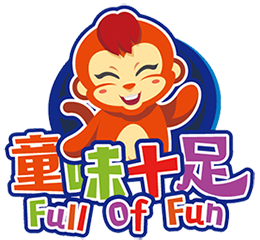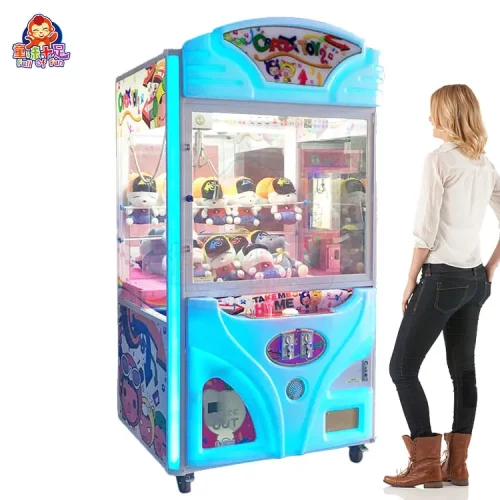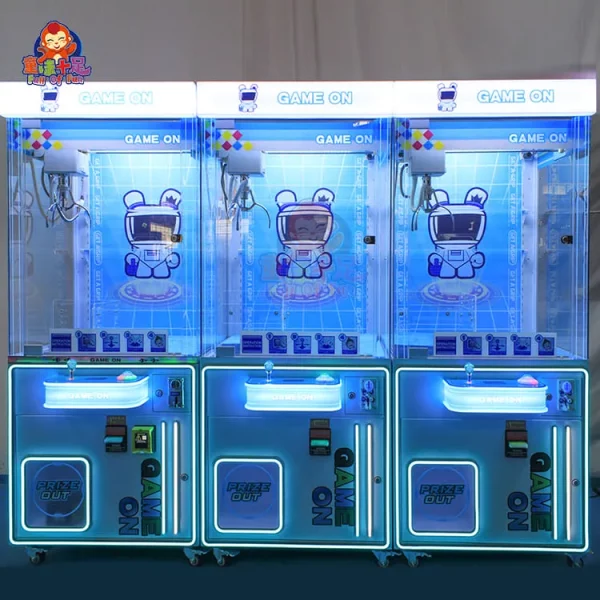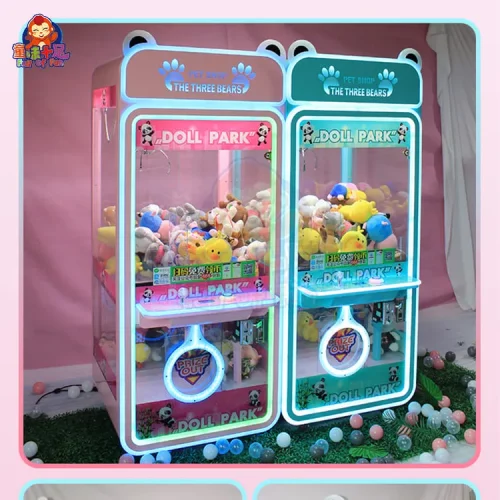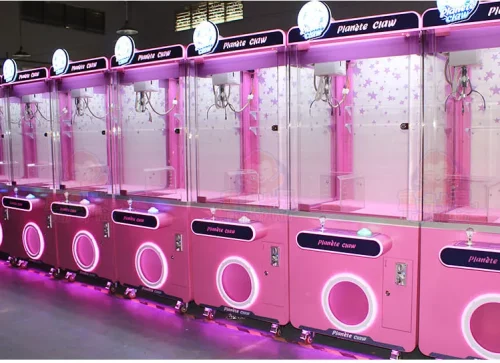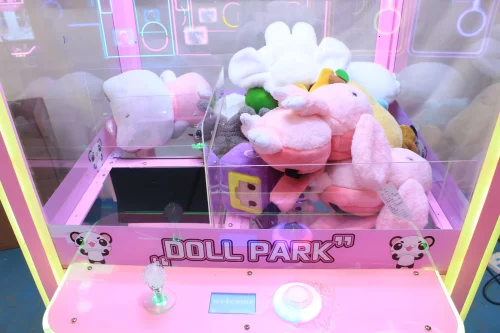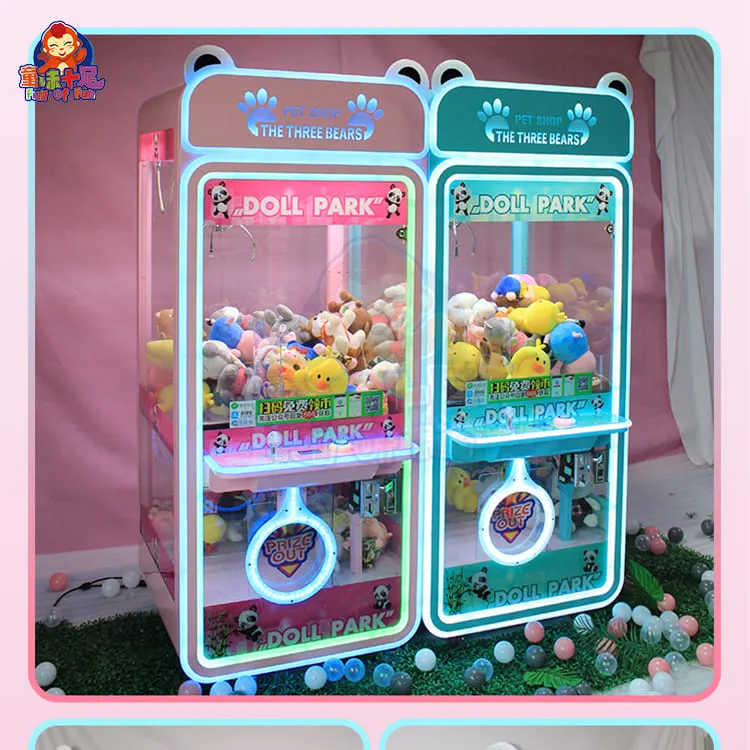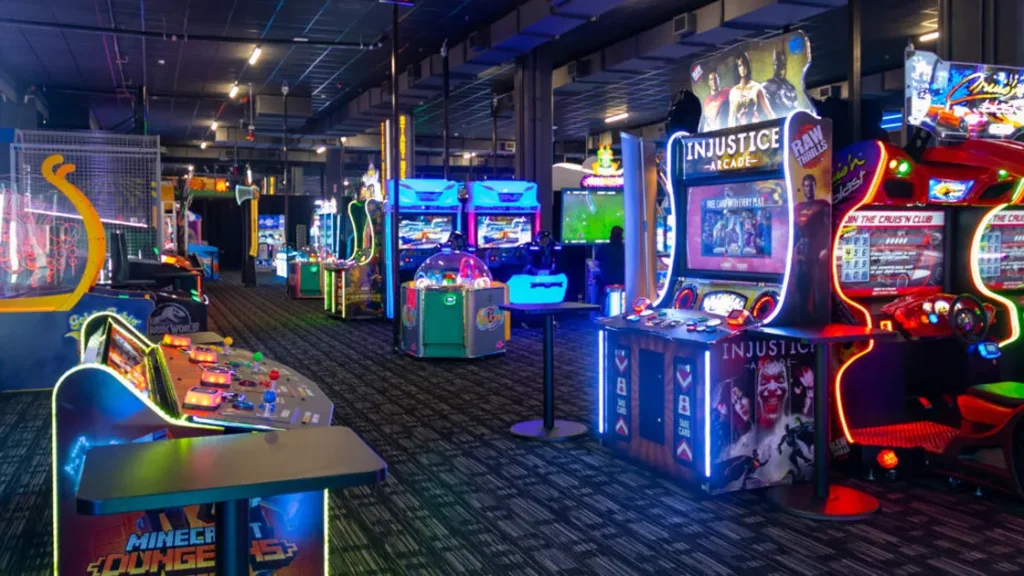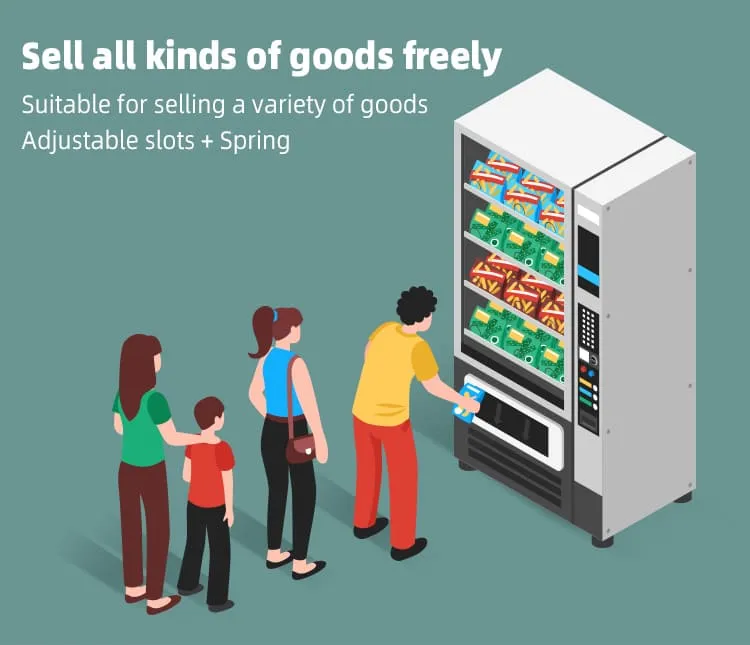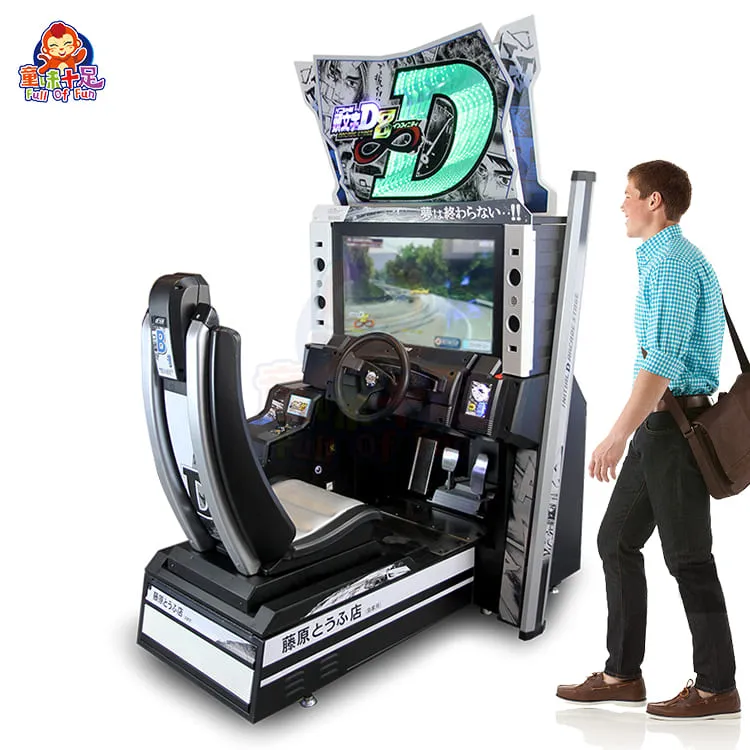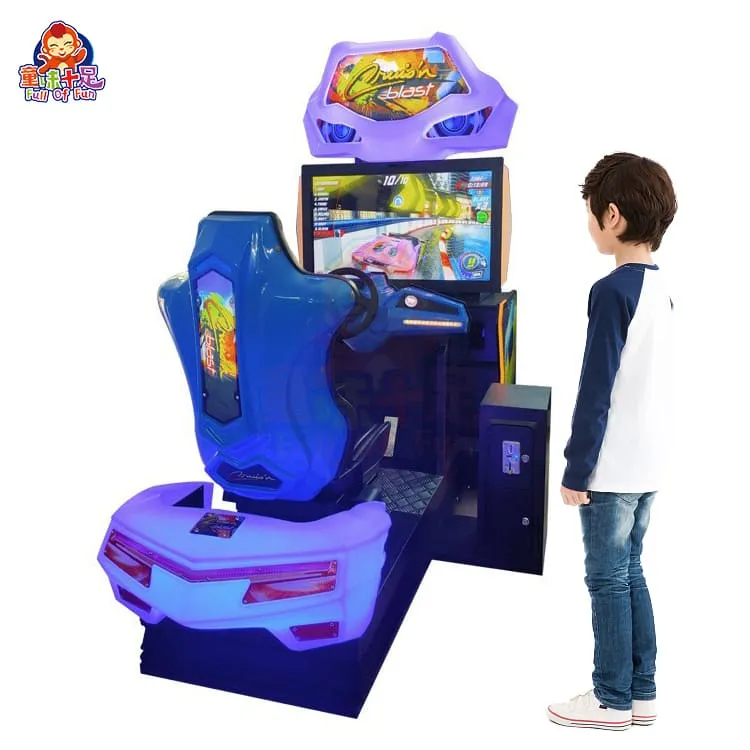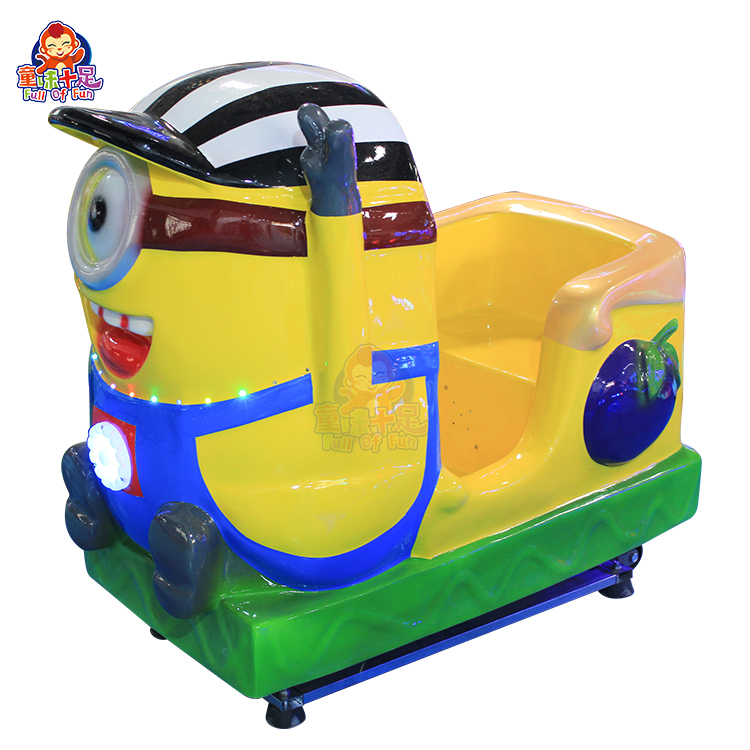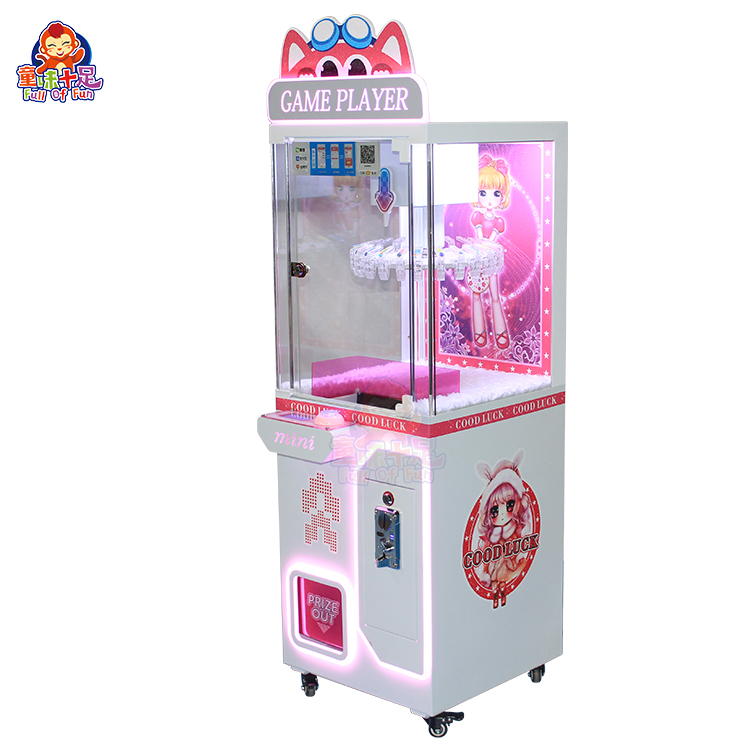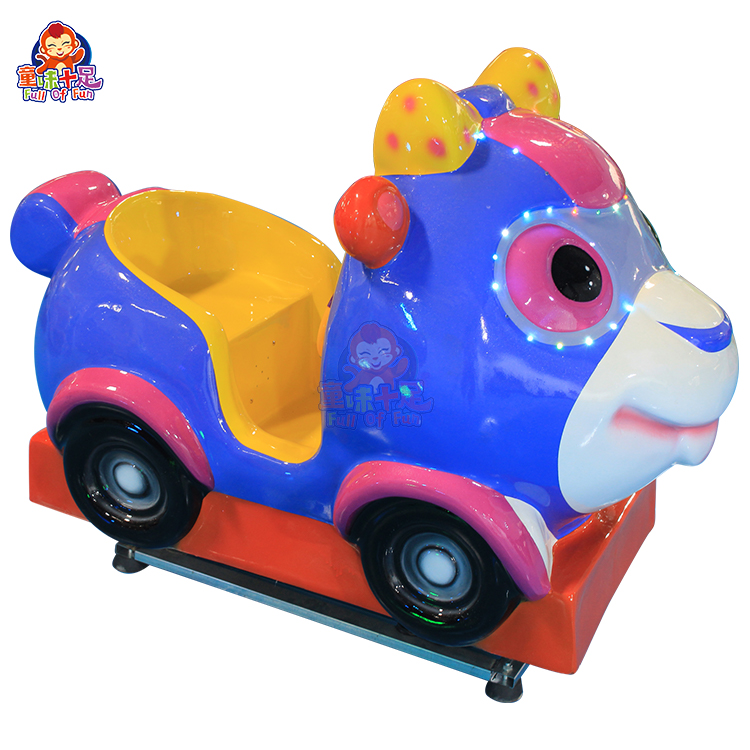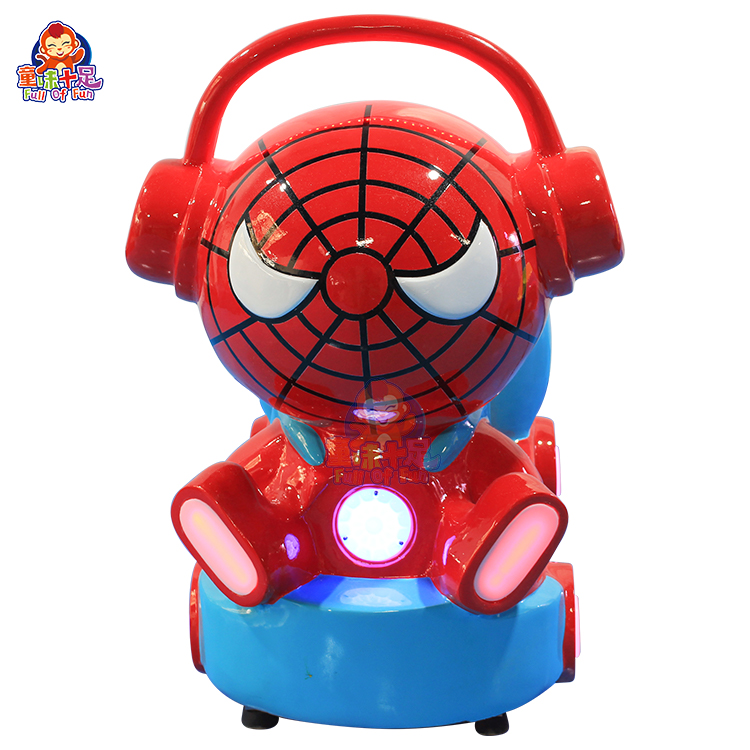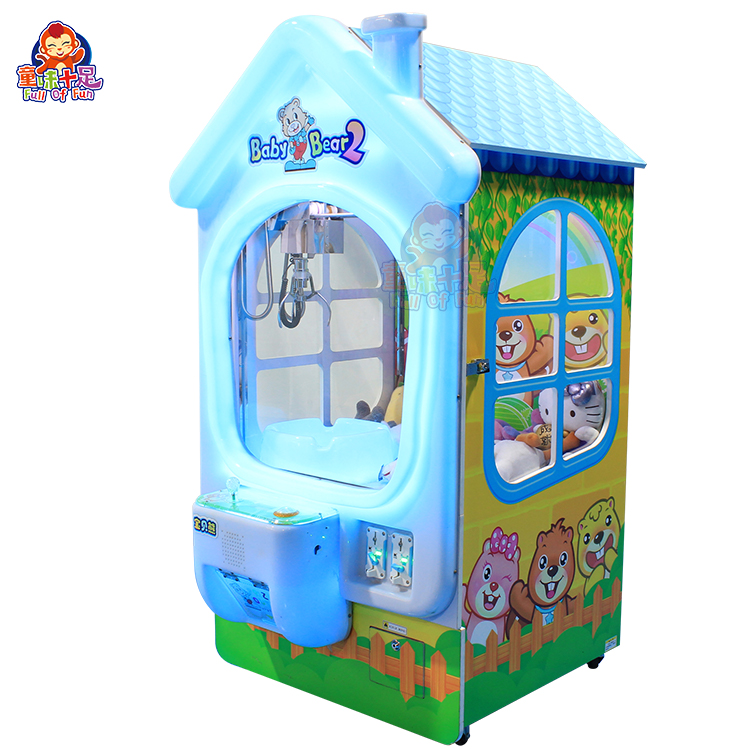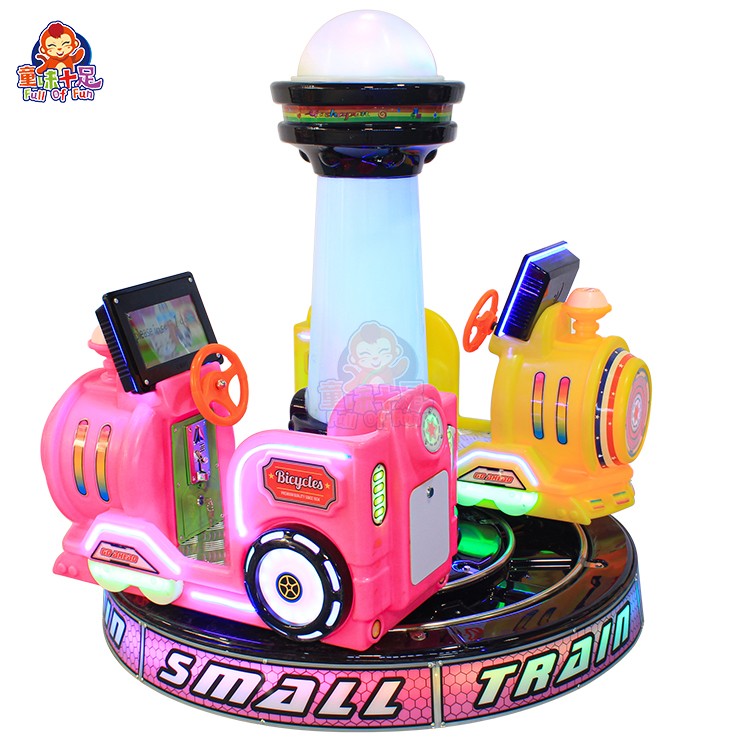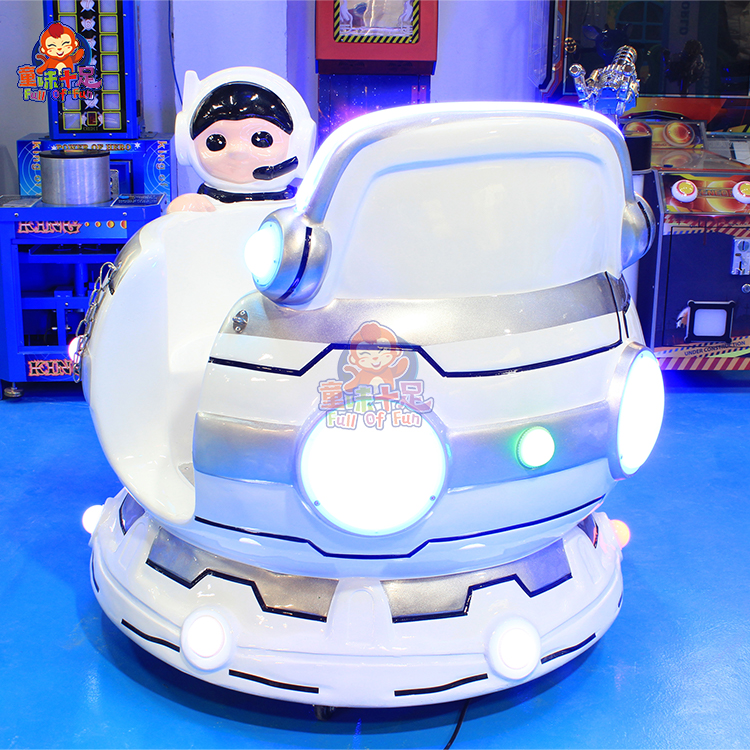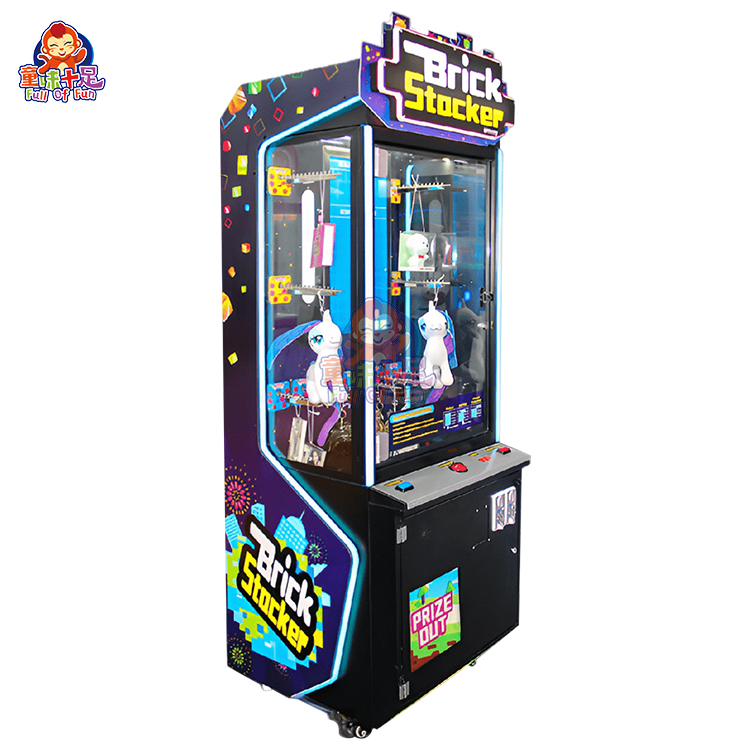—A Comprehensive Analysis of Small Business Startups from the Perspectives of Profit and Cost.
Claw machines, seemingly a “small game,” actually hide a small business with low barriers to entry, high profits, and stable cash flow. In the United States, they’re not only ubiquitous in shopping malls, cinemas, convenience stores, and arcades, but a growing number of entrepreneurs are also using them as a side hustle.
But the question is: How much can a claw machine really make? What are the costs? How long does it take to recoup your investment?
This article will break down the logic of this “small business” from two core perspectives: profit and cost.
Profit Factors: The profitability of claw machines depends on these four key factors.
This article will break down the logic of this “small business” from two core perspectives: profit and cost.
1. Good Location: No Need to Run for Money
Like any brick-and-mortar business, location determines success or failure for claw machines.
The following types of locations are the most common and profitable:
| 🗺️ Location | ✅ Pros | ⚠️ Cons |
|---|---|---|
| 🏬 Shopping Centers / Retail Hubs | – High foot traffic, broad age coverage – Ideal for brand exposure and multi-unit placement – Longer customer dwell time | – High rent – Complicated leasing process – Strict visual and compliance requirements |
| 🧸 Family Entertainment Centers | – Highly matched target audience (families with kids) – Engaging environment encourages repeated plays – Can operate with higher win rates | – High revenue-sharing ratios – Tied to package sales models, requires cooperation alignment |
| 🛒 Supermarkets / Grocery Stores | – Frequent family shoppers, high repeat traffic – Plush toys appeal to impulse buyers – Easier to negotiate placements | – Lower entertainment intent than malls – Limited space for machine setup |
| 🎬 Movie Theaters / Cinemas | – Idle time before movies encourages play – Young couples and students with strong spending intent – Themed toys can tie in with movie IPs | – Prime areas reserved for ads/concessions – Partnership must be negotiated in advance |
| 🚇 Subway Entrances / Metro Station Exits | – Massive commuter flow – Leverages short wait times – Fast-play model improves turnover | – Very short dwell time – Strict local regulations, hard to get approval – Only suitable for compact machines |
| 🍔 Family-Friendly Restaurants | – Concentrated parent-child customers – Good use of wait time before meals – Chain models allow standardized collaboration | – Limited floor space – Requires corporate-level partnership approval |
| 🏫 Schools and Universities | – Youth-heavy audience – Strong interest in anime/“kawaii” toys – High social sharing potential | – Commercial activities often restricted – Low win rates may cause backlash (“scam” perception) |
| 🏨 Hotels and Resorts | – Tourists with higher spending power – High demand for kid-friendly activities – Helps enhance brand image | – Seasonal traffic fluctuations – Venue may require premium machine quality |
| 🏘️ Community Centers | – Dense local population – High repeat visits, great for stable long-term revenue – Flexible cooperation models | – Daily footfall lower than commercial hubs – Limited income growth; best for single-machine operation |
| 🎡 Theme Parks and Zoos | – Strong entertainment atmosphere – High tourist spending intent – Opportunity for IP licensing collaborations | – High venue fees – High entry barriers (certification, equipment standards) – Complex operations and strict rules |
Site Selection Tips:
Look for locations with stable, non-seasonal traffic.
Negotiating a “rent-free + profit-sharing” partnership offers greater flexibility.
A location with too much competition is not recommended (two or three units is ideal).
2. Smart game pricing can double your single-play revenue.
In the United States, the price of claw machines fluctuates significantly, and different strategies are used in different scenarios:
| Location Type | Common Price Range |
|---|---|
| Convenience Stores / Schools | $0.50 – $1.00 per play |
| Shopping Malls / Cinemas | $1.00 – $2.00 per play |
| High-End Entertainment Venues / Theme Parks | $2.50 – $3.00 per play |
Recommended strategies:
Use “multiple discounts” (e.g., $1 once, $2.50 three times) to boost conversions.
Add promotional features like “scan code for discounts, collect points for a free prize.”
Pricing for different dolls can be slightly adjusted, e.g., $2/per limited edition, $1/per standard.
3. A well-controlled win rate ensures reliable player coin placement.
The success rate of scrambling directly determines player satisfaction and the balance between the machine’s profitability.
Common setup methods:
| Mode | Winning Rate | Features |
|---|---|---|
| Fixed Probability | 10%–25% | Most common, balances cost and reward |
| Accumulated Guarantee | Guaranteed prize after player reaches a preset spending amount | Increases retention, but profits may fluctuate |
| Difficulty Adjustment | Controlled by claw strength or angle | Needs fine-tuning to prevent user loss |
Optimization Suggestions:
Establish psychological expectation mechanisms such as “guaranteed win on first draw” and “holiday boosted probability”.
Reduce the number of missed draws to increase players’ positive feedback from “seemingly close” situations.
Fine-tune the win rate monthly to ensure the cost of winning a prize remains within a reasonable range (e.g., $15 for a doll costing $3).
4. Customers will only pay if the prizes are attractive.
No matter how good the grip or how cheap the price, it’s useless if no one wants the doll.
Prizes are categorized into three levels:
| Type | Cost (Each) | Features |
|---|---|---|
| Regular Plush Toys | $0.50–$2 | Low cost, suitable for bulk supply |
| Trending/Popular IP Toys | $3–$10 | High player interest, fits premium machines |
| Creative Items (Blind Boxes, Small Toys) | $1–$5 | Highly creative, appeals to young audience |
Recommended combinations:
80% regular dolls + 20% highly attractive prizes to create a sense of “wow factor” when winning.
Regularly change prize themes (e.g., holiday and limited editions).
Use social media to promote rewards and encourage player engagement.
Cost Factors: Understanding every expense is crucial to understanding profit sources.
Profit = Revenue – Cost. Below, we’ll break down the various costs involved in operating a claw machine, using the US market as a benchmark:
1. Machine Cost: One-time investment, long-term use.
Standard models: $600-$1,200/unit
High-end colorful models or customized models with IP covers: $2,000-$3,000
Used models: $300-$800, suitable for beginners
Lifespan: Typically 3-5 years, with good maintenance, even longer
2. Prize Cost: Fixed monthly purchase expense
Regular plush toy wholesale: $0.50-$2/unit
Influencer blind box/IP-licensed dolls: $3-$10/unit
Recommended purchasing cycle: Update monthly to ensure appeal
Recommended cost ratio: 5:1 coin amount per prize: prize cost
3. Permit Fees: Compliant operations must be considered.
Depending on the state/city, the following permits may be required:
| Item | Cost Range | Notes |
|---|---|---|
| Business License | $50–$300/year | Apply through local city government |
| Amusement Device Permit | $50–$150/machine/year | Mandatory in some states |
| Tax Registration & Filing | Varies by state (sales or amusement tax) | Consult a CPA or local tax advisor |
✅ Be sure to check local laws and regulations before operating to avoid fines or forced removal.
4. Venue rental costs: Flexible and varied, depending on location
Three common partnership models:
| Model | Description | Cost |
|---|---|---|
| Fixed Rent | Pay a fixed monthly fee for the location | $200–$500 per machine/month |
| Revenue Share | Merchant takes 20%–30% of the revenue | No upfront cost, ideal for low budget |
| Joint Operation | Share prize procurement and maintenance | 50/50 profit split, reduces maintenance burden |
Recommendation: Newbies should prioritize testing the waters in low-cost locations like small convenience stores, milk tea shops, and university bookstores.
5. Maintenance and operating costs: Daily maintenance is essential.
| Item | Cost Range | Frequency |
|---|---|---|
| Machine Repair | $20 – $100/time | About once per quarter |
| Restocking & Travel Cost | $30 – $100/month | Depends on distance |
| Smart Management System | $10 – $30/machine | Provides remote access |
| Labor Cost (if any) | $15 – $20/hour | If staff is on duty |
Tip:
If you operate more than five units, it’s recommended to install a remote monitoring system to improve efficiency.
Most operations can be performed individually, eliminating the need to hire dedicated personnel.
6.Profit model for a machine (example)
| Item | Amount (Monthly) |
|---|---|
| Coin Revenue | $4,000 |
| Prize Cost | $600 |
| Location Rent | $400 |
| Licenses + Maintenance + Misc. | $200 |
| Net Profit | $2,800 |
If you operate 5 machines, the monthly profit is expected to reach $12,000+, and the annual profit will exceed $140,000. It is a typical side project with low investment and quick payback.
In summary: Is this “small project” worth pursuing?
If you:
Have $2,000-$5,000 in startup capital
Willing to invest in site selection, prize selection, and adjusting your odds
Looking to try a side hustle or start an asset-light business
Then claw machines are definitely worth a try. While it’s not a “high-profit venture,” it’s certainly a replicable and scalable cash flow business suitable for one person, a couple, or a family.
✅ Looking to get a claw machine? Contact us!
We’re a Chinese claw machine manufacturer, selling directly from the factory and offering customization options. Without middleman markups, you can start a claw machine business at a lower cost.
One-year warranty on all machines, ensuring worry-free after-sales service.
We offer 24/7 online customer support, ready to assist with remote troubleshooting.
Whether you’re looking to start your own business or purchase in bulk, contact us to start your own claw machine business!
